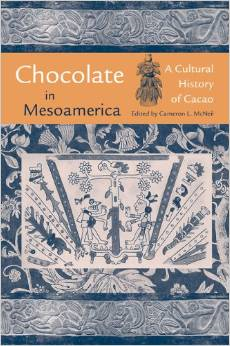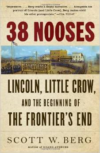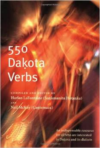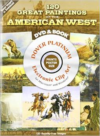Description
New models of research and analysis| as well as breakthroughs in deciphering Mesoamerican writing| have recently produced a watershed of information on the regional use and importance of cacao| or chocolate as it is commonly called today.
McNeil brings together scholars in the fields of archaeology| history| art history| linguistics| epigraphy| botany| chemistry| and cultural anthropology to explore the domestication| preparation| representation| and significance of cacao in ancient and modern communities of the Americas| with a concentration on its use in Mesoamerica.
Cacao was used by many cultures in the pre-Columbian Americas as an important part of rituals associated with birth| coming of age| marriage| and death| and was strongly linked with concepts of power and rulership.
While Europeans have for hundreds of years claimed that they introduced chocolate as a sauce for foods| evidence from ancient royal tombs indicates cacao was used in a range of foods as well as beverages in ancient times.
In addition| the volume’s authors present information that supports a greater importance for cacao in pre-Columbian South America| where ancient vessels depicting cacao pods have recently been identified.
From the botanical structure and chemical makeup of Theobroma cacao and methods of identifying it in the archaeological record| to the importance of cacao during the Classic period in Mesoamerica| to the impact of European arrival on the production and use of cacao| to contemporary uses in the Americas| this volume provides a richly informed account of the history and cultural significance of chocolate.






Reviews
There are no reviews yet.